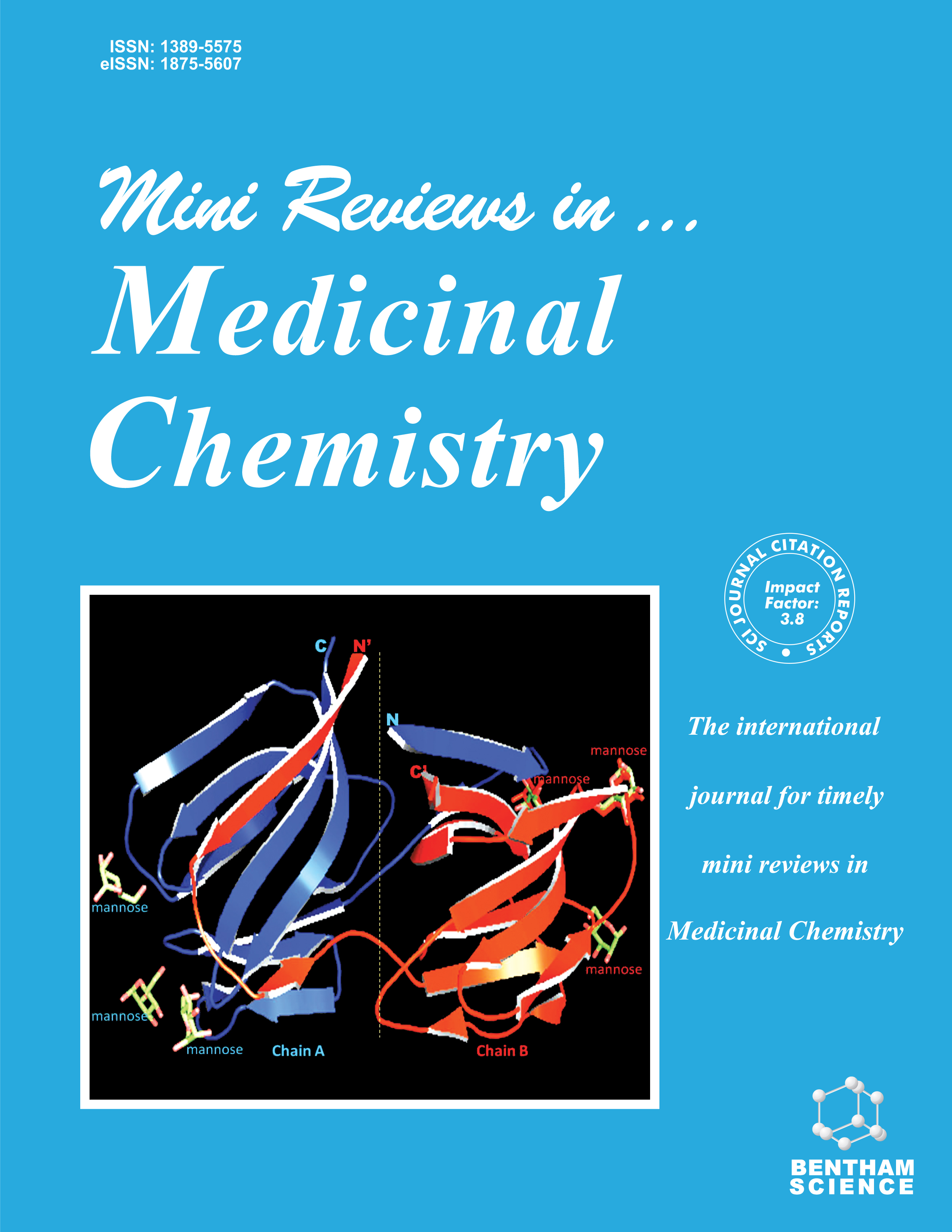
Full text loading...
We use cookies to track usage and preferences.I Understand

Hydantoin, a five-membered heterocyclic scaffold, is regarded as a crucial scaffold in medicinal chemistry. Hydantoins have been useful in synthesizing medicines like nilutamide, enzalutamide, and apalutamide. Thiohydantoin and selenohydantoin have been discovered as two separate types of hydantoin. There are two hydrogen bond donors, two hydrogen bond acceptors, and four substitution sites. These characteristics have led to the design, synthesis, and expansion of hydantoin derivatives' biological and pharmacological effects against numerous types of malignancies. This study reviews the recent contributions of hydantoin and its isosteric variants to medicinal chemistry. To emphasize their significance, certain significant compounds based on hydantoins and their structure activity relationships (SAR) are briefly discussed. We thoroughly analyzed each scaffolds' structural characteristics and SAR, and these scaffolds may one day show potential anticancer activities.

Article metrics loading...

Full text loading...
References


Data & Media loading...